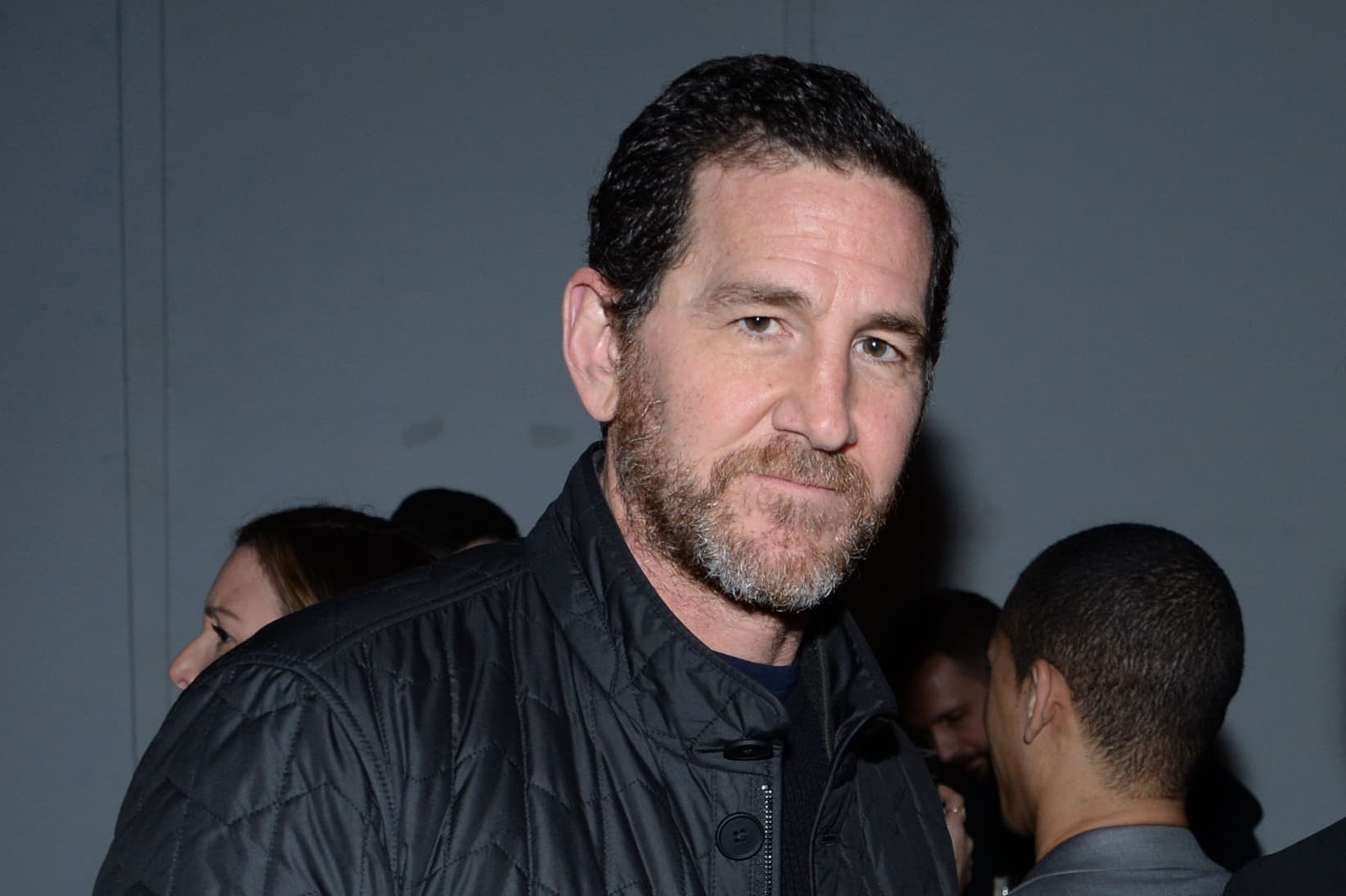Goldman Sachs is taking what it learned from a $100 million acquisition to upgrade the Marcus app

Adam Dell attend Sony Pictures Classics And The Cinema Society Host The After Party For “The Burnt Orange Heresy” at New York Academy of Art on March 5, 2020 in New York City.
Paul Bruinooge | Patrick McMullan | Getty Images
Goldman Sachs is one step closer to creating what it calls the digital bank of the future.
The bank has just released the first version of a personal finance management tool that gives customers of its Marcus retail brand a top-down view of all their financial accounts, as well as insights into spending and a monthly snapshot of their budget, according to Adam Dell, a Goldman partner and head of product at Marcus.
The feature, called Marcus Insights, is the latest step that Goldman – known for most of its 151-year history as a bank for the wealthy and powerful – is taking into the financial lives of ordinary consumers. The bank hopes that by helping users get a handle on their finances with a simple, clean interface, they will be more inclined to trust Goldman – and try some of the firm’s existing and upcoming products.
“We want to make understanding your financial health approachable and easy,” Dell said in a phone interview. “What did you spend this month and where did you spend it and how much do you have left? And is there any extra that you could set aside for an emergency fund, or just put in a high-yield savings account?”
Insights is bundled in an update to the bank’s Marcus app and will be available at first only to those who have a loan or deposit account with the bank. By year-end, anyone who wants to download the Marcus app will be able to make use of the tools, which are free.
Goldman Sach app features
Source: Goldman Sachs
Dell, an entrepreneur and brother of billionaire Michael Dell, came to Goldman in 2018 after selling a start-up called Clarity Money to the bank for $100 million. That app, which is still a separate offering run by Goldman, is a personal finance tool that uses machine learning to nudge users into better habits.
“A lot of our thinking for Marcus Insights was informed by the experience we had at Clarity Money and what we know customers care about,” Dell said.
The Marcus app can connect with thousands of financial institutions, either through a partnership with fintech firm Plaid, or with direct relationships Goldman has with banks and brokerages.
There is one notable exception, however. Customers won’t be able to link up with the Apple Card, despite the fact that Goldman is the bank behind that product. That’s because Apple doesn’t share user data with Goldman, said a person with knowledge of the arrangement.
Since there is now overlap in the capabilities of Marcus and Clarity Money, which had more than 1 million users when Goldman purchased it, it’s fair to wonder what the bank will ultimately do with it. Dell would only say that Goldman continues to support Clarity, for now.
Checking account, investing coming
The Marcus app, which started out early this year as a very basic way to check balances and schedule payments, is about to get more capabilities beyond personal finance, Dell said. Next up is a digital checking account and an investing service, both expected to be released at some point next year, he said.
Those moves pit Goldman more directly against rapidly growing mobile-banks such as Chime, Square‘s Cash App, fee-free brokerage Robinhood, and the digital offerings from megabanks including JPMorgan Chase and Bank of America.
Despite what may feel like a significant head start by these rivals, it is still early in this game, said Dell. Competitors have begun cracking the code, but nobody has quite put all the pieces together.
“The end state of the bank of the future is a digital assistant that is constantly thinking about your best financial interests,” Dell said. “Almost like having your own CFO whose job it is to optimize your money, uncover ways for you to improve your financial situation, and is relentless in that pursuit.”
That will ultimately happen over the next five years to decade, according to Dell.
“We’re on a long marathon to build that vision,” he said, “and each of these steps we take along the way get us closer, and we’re very excited about the things that are to come.”




